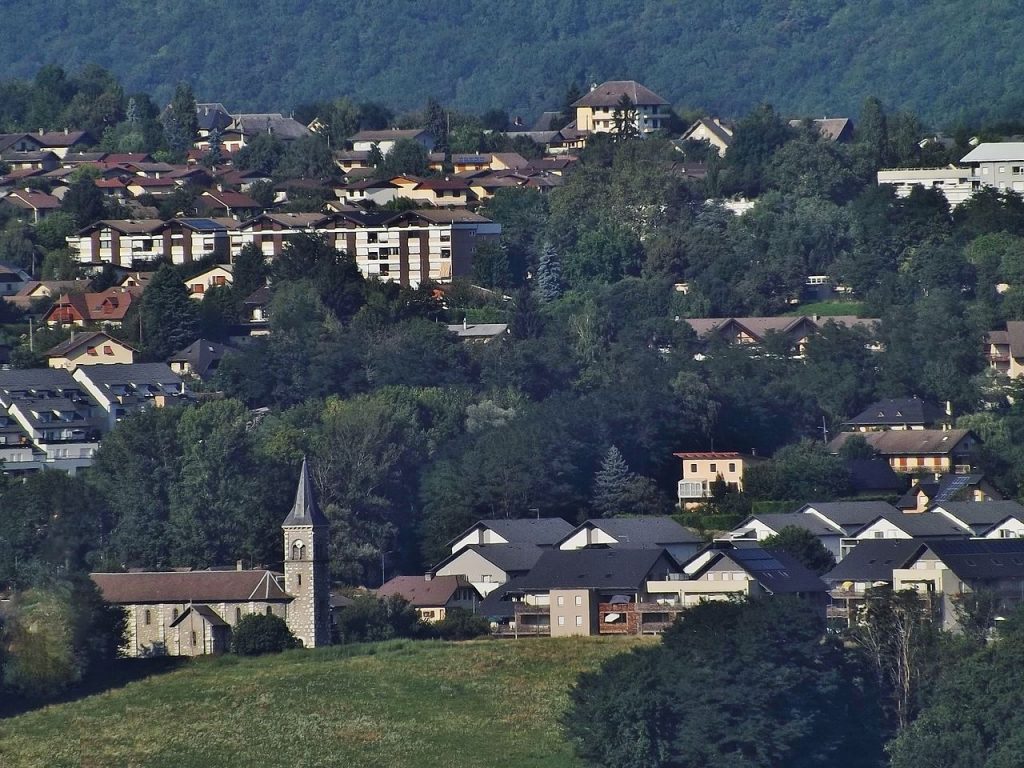The City of the Dukes is the historic capital of the States of Savoy.

The Jewish presence in Chambéry probably dates back to the 14th century, following Count Edward’s call for their settlement in 1319. Most families lived on rue de la Juiverie, now rue de la Trésorerie . This street faced a two-storey tower attached to the castle.
They often worked as bankers and pawnbrokers, both because the Church forbade Christians to practice this profession, and because local authorities in much of Europe restricted or forbade Jews’ access to other trades. In Savoy, they also practiced two other trades: that of ragpicker and above all that of physician, notably for the princes of Savoy.
Despite relatively good autonomy at the time, this did not prevent many Jews from being murdered during the Great Plague in the 14th century, accused of having spread the disease. After a period of calm, the Jews were persecuted again in 1466. This led to the departure of most of Savoy’s Jews for Italy.
Although the French Revolution brought Jews back to France, the Jewish population of Savoie increased mainly as a result of the 1870 war. As a result, many Jews from Alsace-Lorraine settled in other French towns, including some in Savoie.
By the turn of the 20th century, Jews were living peacefully in Savoie. During the Second World War, networks were set up to cross into the free zone, and then across the Swiss border around Annemasse and Novel.
According to a 1970 study by Bernhard Blumenkranz, Chambéry’s Jewish community numbered 120. The Chambéry synagogue is located in impasse Chardonnet.
Sources : « Les Juifs en Savoie du moyen-âge à nos jours » by Jacques Rachel, Encyclopaedia Judaica